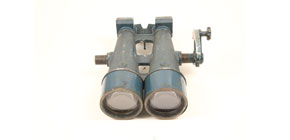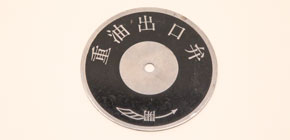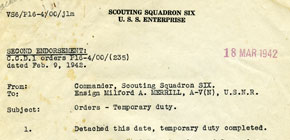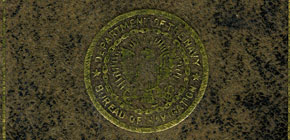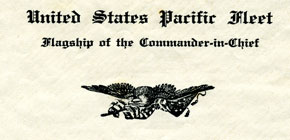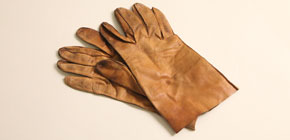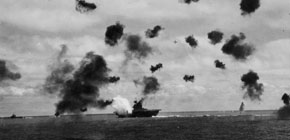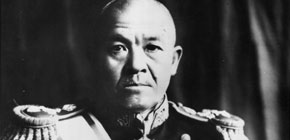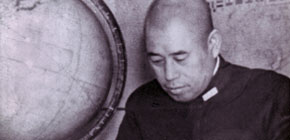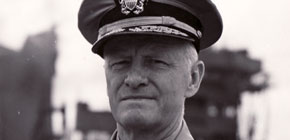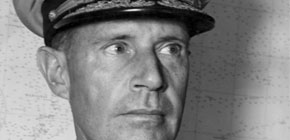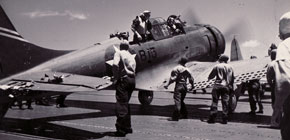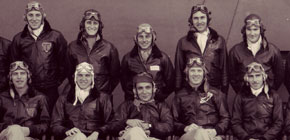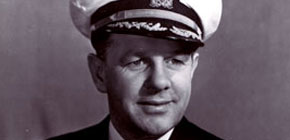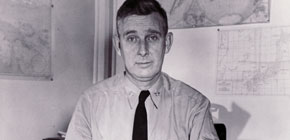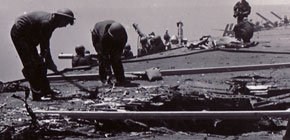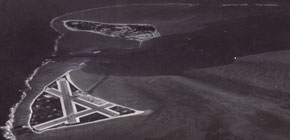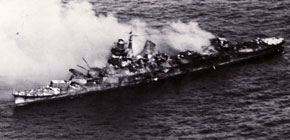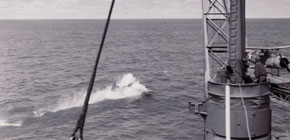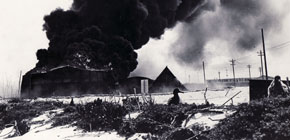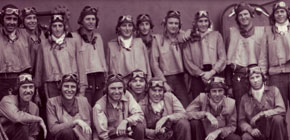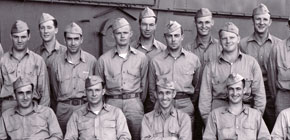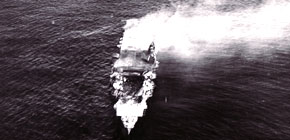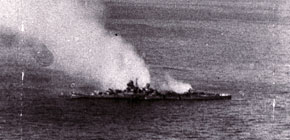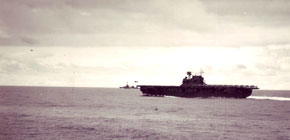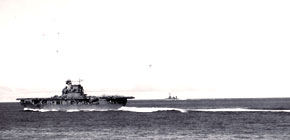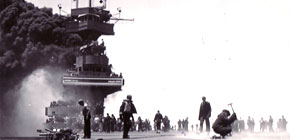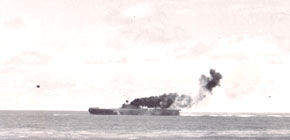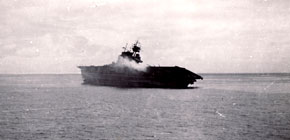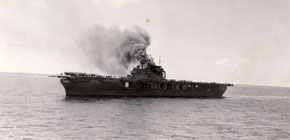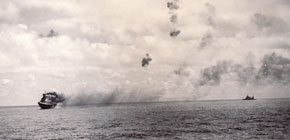
The Doolittle Raid and the American victory at Coral Sea were major embarrassments to the Imperial Japanese Navy. The air raid on Tokyo prompted the Japanese to expand their Pacific frontier to a point that would make aerial attack on the Japanese mainland impossible. The capture of Midway Island would give the Japanese a forward operating base for future operations against the Hawaiian Islands and hopefully draw the remaining American aircraft carriers in the Pacific into a decisive battle, allowing them to eliminate the vital American carriers and gain a free hand in the Pacific.
Unbeknownst to the Japanese, American intelligence had been reading portions of high level Japanese Naval communiqués for quite some time. Lt. Commander Joe Rochefort and his cryptanalytical section in Hawaii had deciphered enough of JN-25, the Japanese Naval code, to learn of the Japanese plans to invade Midway. This valuable piece of intelligence would allow the American carriers to lay in ambush of the Japanese. In addition, Admiral Nimitz ordered every available aircraft squadron to Midway Island to bolster its defense. Navy, Army Air Forces and Marine Corps units made up Midway Islands' eclectic air force.
As the battle began to unfold on the morning of 4 June 1942, Midway Island's rag-tag air force took to the skies to defend the island and to find the Japanese carrier strike force consisting of four large fleet carriers. The bomber aircraft of Midway narrowly cleared the area before a Japanese aerial strike force of over 50 aircraft began its attack on the Island. Marine Fighting Squadron 221 doggedly defended their island home, but their antiquated and outclassed Buffalo and Wildcat fighters were no match for the potent Japanese Zero. The Japanese however, were unable to inflict serious damage to the military installation on Midway.
Meanwhile, the bombers and torpedo planes from Midway located the Japanese carrier strike force and commenced their attack. The attacks resulted in staggering American losses and left the Japanese without so much as a scratch on their carriers. About an hour after the ill-fated attacks of the Midway based aircraft, Hornet's (CV-8) torpedo squadron arrived on the scene and began its attack on the Japanese carrier Hiryu. It too proved disastrous for the Americans. The entire squadron was wiped out, with the exception of Ensign George Gay. To add insult to injury, not a single torpedo found its mark.
Torpedo Squadron 8 did succeed in bringing down the Japanese combat air patrol to sea-level, leaving the Japanese aircraft carriers defenseless when dive-bombers from Enterprise (CV-6) and Yorktown (CV-5) arrived moments later. In minutes, three of the four Japanese carriers were blazing infernos.
The Japanese carrier Hiryu, which survived the morning attack undamaged, launched a strike against the American carriers. Hiryu's air group found the Yorktown, just as she was about to recover her aircraft from the morning's attack. Yorktown's aircraft were diverted to land aboard Enterprise. All aircraft were quickly re-armed and re-fueled and sent out to go after Hiryu. The incoming Japanese air strike pummeled Yorktown with torpedoes and bombs inflicting serious damage. Yorktown was kept afloat by damage control parties and for the moment seemed as if she could be towed back to Pearl Harbor.
The retaliatory strike launched against Hiryu sent her to the bottom of the Pacific as Enterprise and Yorktown aviators chalked up a fourth Japanese carrier for the day. Surviving Japanese aircraft, now homeless, circled their doomed carriers until their fuel ran out and then they too plummeted into the sea.
Over the next few days, US air strikes continued against the retiring Japanese support vessels, but the destruction of the four, large fleet carriers on 4 June was the turning point in the Pacific war.
On 7 June as a skeleton crew labored to save Yorktown, Japanese submarine I-168 crept undetected into the vicinity. I-168 fired a spread of four torpedoes, striking Yorktown and the destroyer USS Hamman. It was the end for both US warships.

VIDEOS
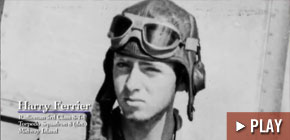
Part 1: June 4, 1942, 0430 – 0940 hours
Midway Island Strike Force
Veterans describe the attack on Midway Island.
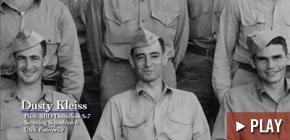
Part 2: June 4, 1942, 0400 – 1025 hours
USS Enterprise and USS Yorktown Strike Forces
Members of the USS Enterprise and USS Yorktown strike forces describe the attack on the Japanese fleet.
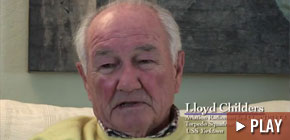
Part 3: June 4, 1942, 1025 – 1705 hours
USS Enterprise Strike Force
Members of the USS Enterprise strike force describe the struggle to return to their carrier.

Part 4: June 4 – 7, 1942
USS Yorktown
Crew describe the demise of the USS Yorktown at the Battle of Midway.

Jonathan Parshall: "Shattered Sword: The Untold Story of the Battle of Midway"
Author Jonathan Parshall discusses the Battle of Midway from the perspective of the Japanese at the 2012 International Conference on WWII.
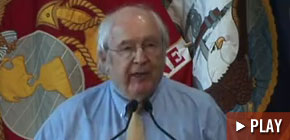
Elliot Carlson: "Joe Rochefort's War: The Odyssey of the Codebreaker who Outwitted Yamamoto at Midway"
Author Elliot Carlson's April 18, 2012, Mason Lecture on Joe Rochefort.

ARTIFACTS



